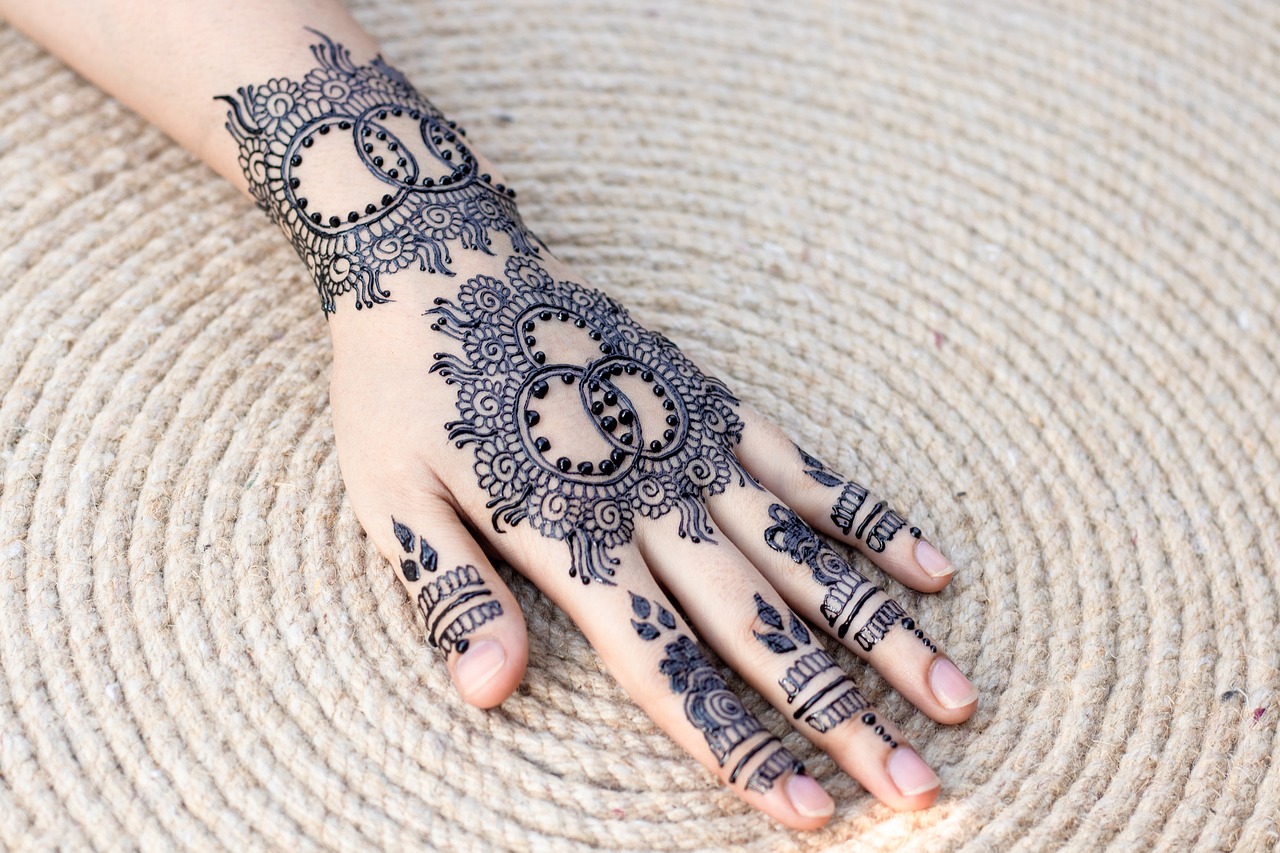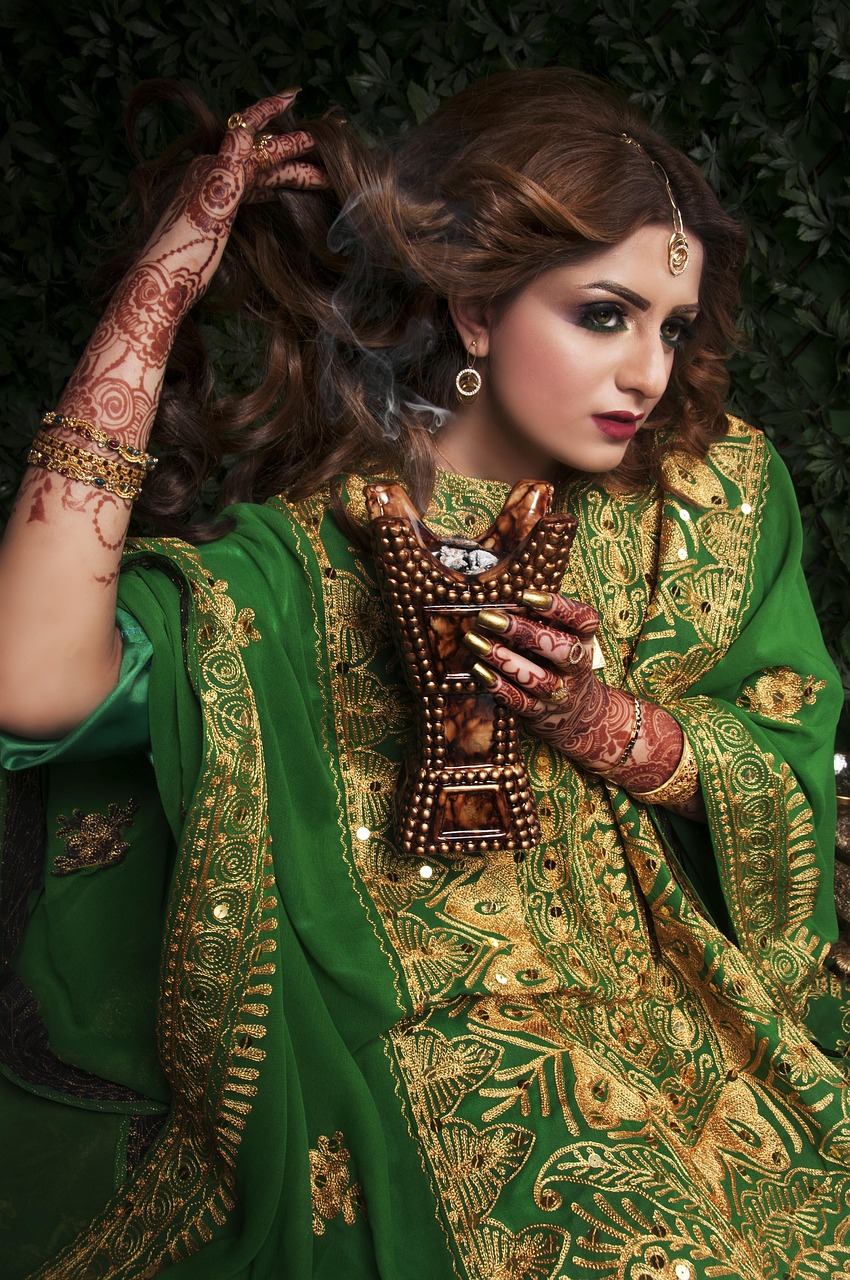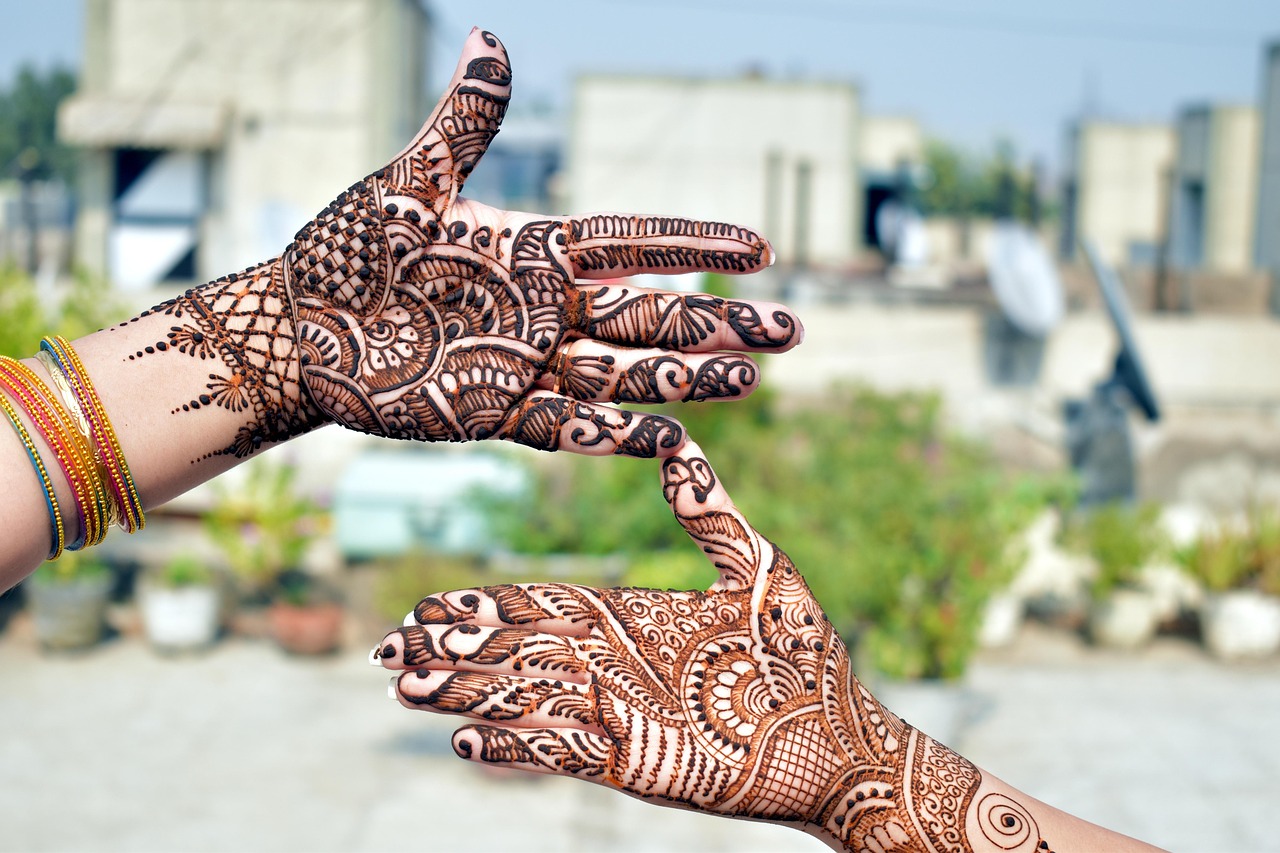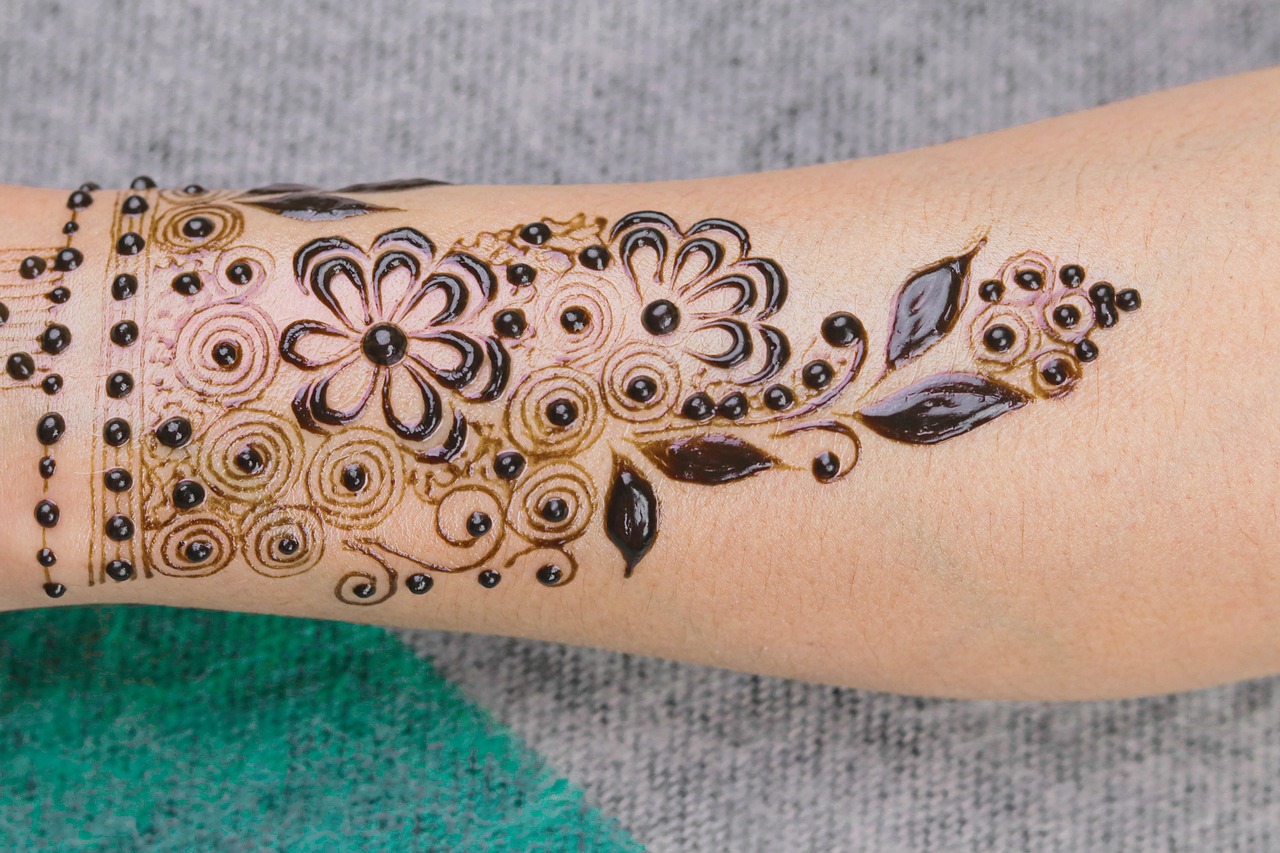Exploring the Art of Mehndi Design: Tips, Trends, and Techniques
Mehndi design, with its intricate patterns and cultural significance, has long been cherished as an art form that celebrates beauty, tradition, and creativity. Whether you’re preparing for a festive occasion or simply exploring this centuries-old craft, mehndi designs offer an unparalleled way to express elegance. In this blog post, we will dive deep into the key aspects of mehndi design, including its origins, popular trends, and useful tips for creating stunning designs. Letâs unlock the secrets of this beautiful tradition!
Understanding the Foundations of Mehndi Design
Mehndi design, also known as henna art, is the practice of adorning the hands, feet, and other parts of the body with intricately crafted patterns using henna paste. This art form has roots in ancient cultures and is primarily associated with celebrations, weddings, and festivals in South Asian, Middle Eastern, and African traditions. The designs themselves often honor cultural heritage while also embracing contemporary styles.
What are the different types of mehndi designs?
Mehndi designs come in various styles, each reflecting different influences and cultural nuances. Some of the most popular styles include:
- Indian Mehndi: Known for its paisleys, peacocks, and intricate details, often covering the hands and arms elaborately.
- Arabic Mehndi: Features bold, flowing floral patterns, often less dense, leaving skin visible beneath the design.
- African Mehndi: Incorporates geometric shapes and tribal patterns, drawing from African artistry.
- Bridal Mehndi: A special category with elaborate, custom designs symbolizing love, unity, and prosperity.
Did You Know?
According to a BBC article on the history of henna, the use of henna dates back over 5,000 years, with evidence found in ancient Egyptian mummies! It was used not just for body art but also as a cooling agent during hot weather.
Current Trends in Mehndi Design
As the popularity of mehndi continues to grow globally, new trends and innovations keep emerging. The modern take on this ancient art form mixes traditional techniques with contemporary aesthetics, ensuring it remains relevant and stylish.
What are the latest mehndi design trends?
Some current trends in mehndi design include:
- Minimalist Mehndi: Simple, clean designs that focus on subtle elegance, often preferred for casual events or everyday wear.
- White Henna: A temporary art style using white paste, not actual henna, perfect for weddings and Western-inspired looks.
- Glitter Mehndi: Combining traditional henna with glitter for a dazzling effect, especially popular in parties and festivals.
- Fusion Designs: A blend of different regional styles like Indian-Arabic or Indo-western designs, creating a unique aesthetic.
Case Study: Enhancing Bridal Mehndi with Glam
Many brides now incorporate personalized elements in their bridal mehndi, such as the initials of the bride and groom, love quotes, or symbolic motifs. Experts like WedMeGood recommend consulting a professional artist to create a design that tells your story beautifully.
Practical Tips for Stunning Mehndi Designs
Creating exquisite mehndi designs requires skill, patience, and a little knowledge. If youâre just starting or improving your techniques, these tips can help elevate your mehndi art.
How can I make my mehndi design last longer?
Here are some effective tips to ensure a rich, dark stain and longer-lasting mehndi design:
- Leave the henna paste on for at least 6-8 hours before removing it.
- Apply a combination of lemon juice and sugar while the paste is drying for deeper penetration.
- Avoid washing the design with water for the first 24 hours. Instead, gently scrape off the dried mehndi.
- Apply natural oils like coconut or mustard oil after removing the paste to protect and enhance the color.
Expert Tip
Renowned mehndi artist Veena Nagda advises using only fresh, high-quality henna for the best results. “The fresher the henna, the darker the stain. Always store your henna properly and test it before applying,” she recommends.



